TEAM BUILDING IN HA NOI
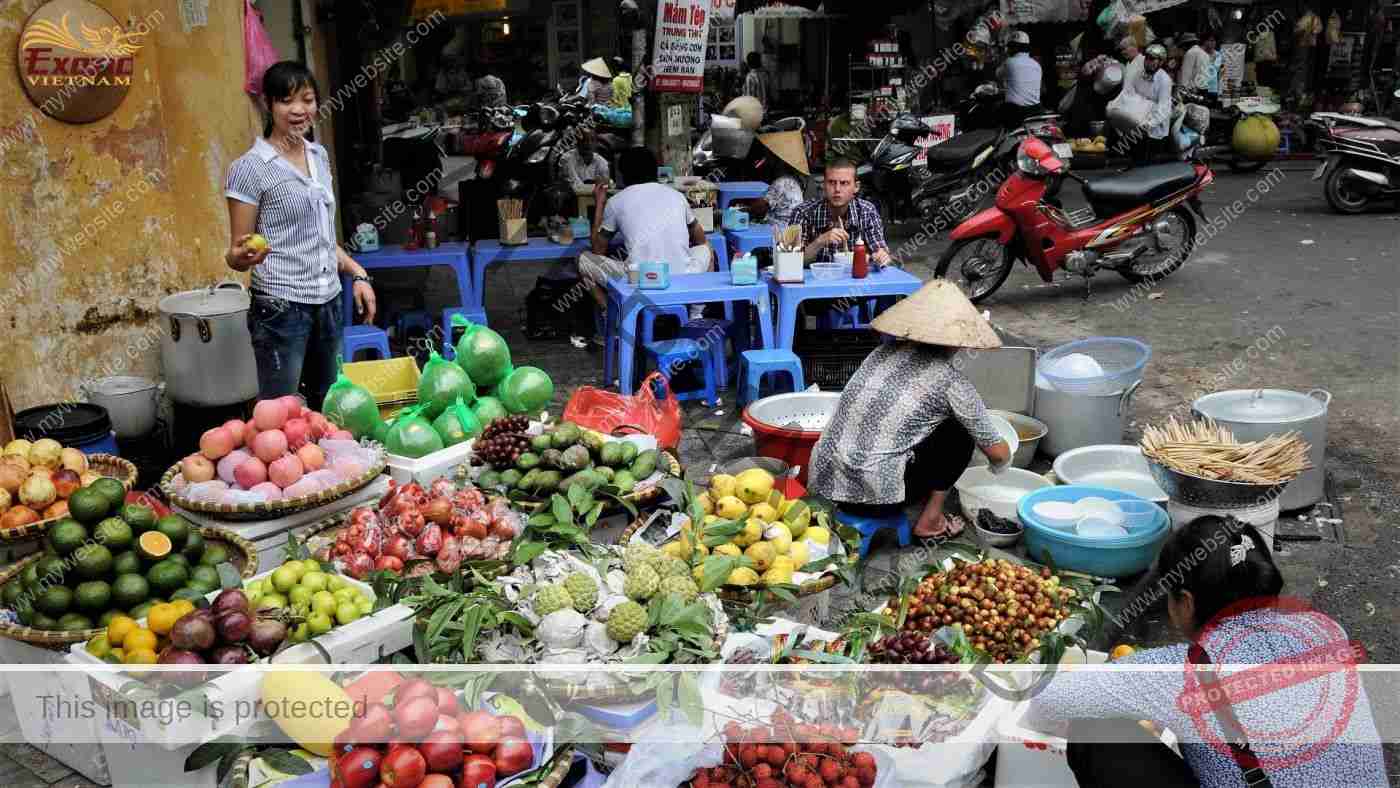
Location: The capital of Viet Nam, 1,760km north of HCM City (1¾ hours by plane from HCMC, 1 hour and 45 minutes by plane from Bangkok, 1 hour and 50 minutes by plane from Hong Kong).
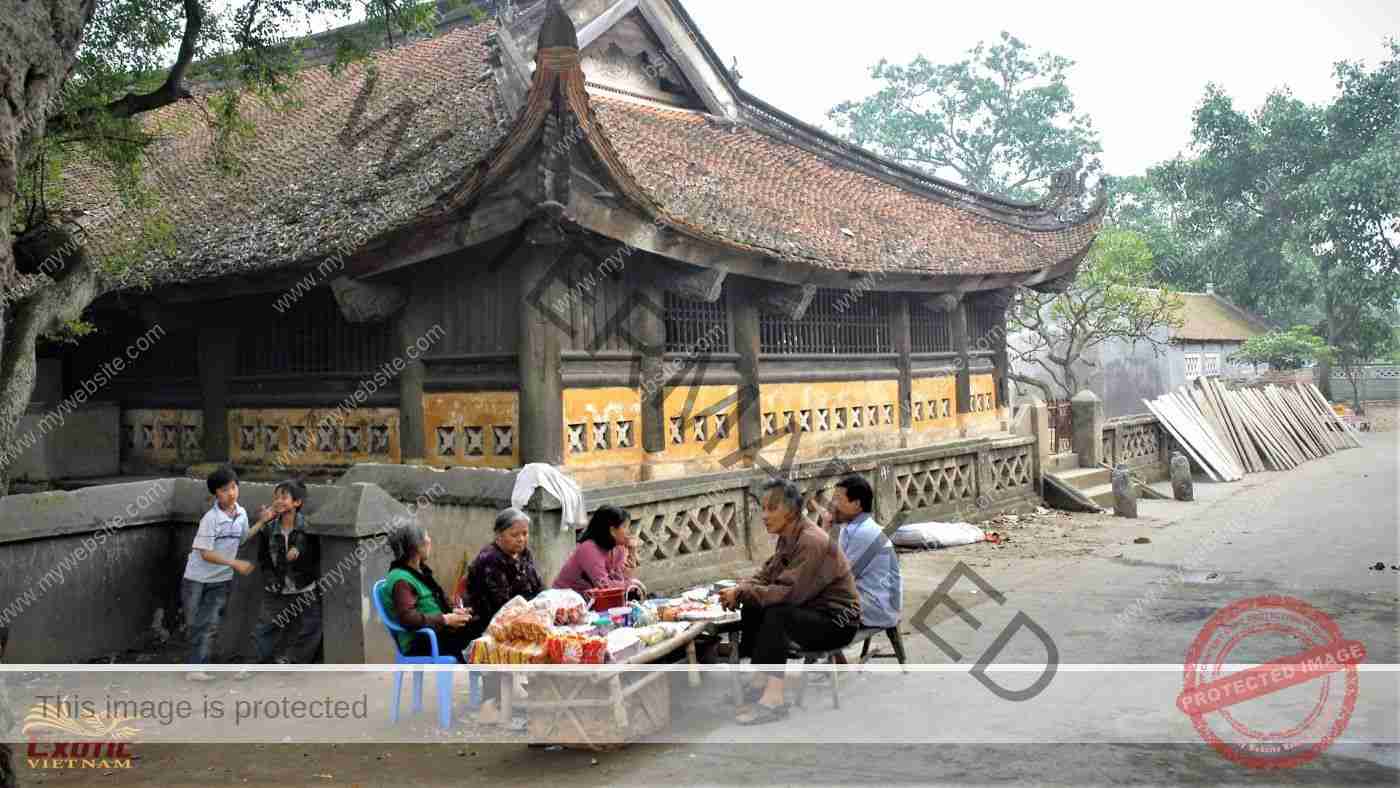
Introduction: Ha Noi, the capital of the Socialist Republic of Viet Nam, is a pleasant and even charming city, in large parts because of its famous lakes, shaded boulevards and verdant public parks. The city center is an architectural museum piece, its blocks of ochre buildings retaining the air of a peaceful and austere provincial town, contrary to the fast-living and bustling air of Saigon.
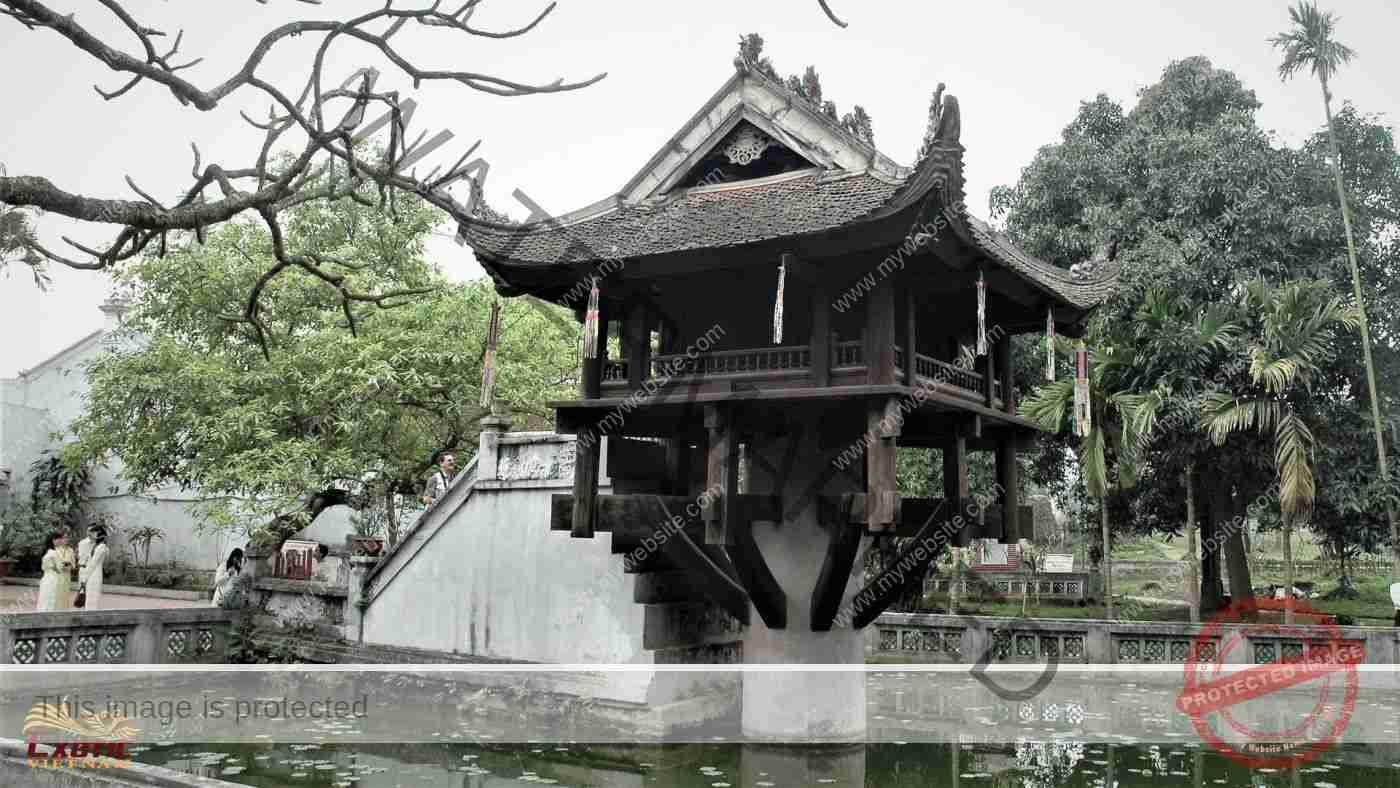
In the past, Ha Noi was first chosen by King Ly Thai To as the capital of the country and was named Thang Long (Ascending Dragon) in 1010. Through several successive dynasties, it remained as the country’s capital city, the heart and soul of the whole nation, and has borne a variety of names, including Dong Kinh (Eastern capital), from which the Europeans derived the name they eventually applied to all of northern Viet Nam, Tonkin. The city was finally named Ha Noi (the city in a bend of the river) by Emperor Minh Mang (Nguyen Dynasty) in 1831. From 1902 to 1953, Ha Noi served as the capital of French Indochina.
The city of Ha Noi is a small part now of Greater Ha Noi (by merging Ha Tay province and a part of Vinh Phuc province into it), which has a land area of 3,325 sq.km and a population of about 8 million. The archaeological site of the Thang Long Imperial Citadel right in the herat of Ha Noi have been recognized as a world heritage site by UNESCO in 2010.
The rich cultural heritage blends in perfect harmony with rapidly growing modernization, as Ha Noi claims its position as the heart of Viet Nam. Ha Noi is also the gateway to places of interest in northern Viet Nam.

Highlights: The Ethnology Museum, The Thang Long Imperial Citadel, the Fine Arts Museum, the History Museum, the Hoa Lo Prison museum, Lake West & Tran Quoc Pagoda, Lake Hoan Kiem & Ngoc Son Temple, the old quarter, President Ho Chi Minh’s Mausoleum, the Temple of Literature, Duong Lam Ancient Village, Tay Phuong Pagoda, Van Phuc Silk Village, etc.
Facilities & services: an international and domestic airport, international standard hotels, exhibition halls, art galleries, hopon-hopoff city-tour bus, conference centers, international banks, shopping areas, stylish restaurants, theaters, nightclubs, bars, cafes.
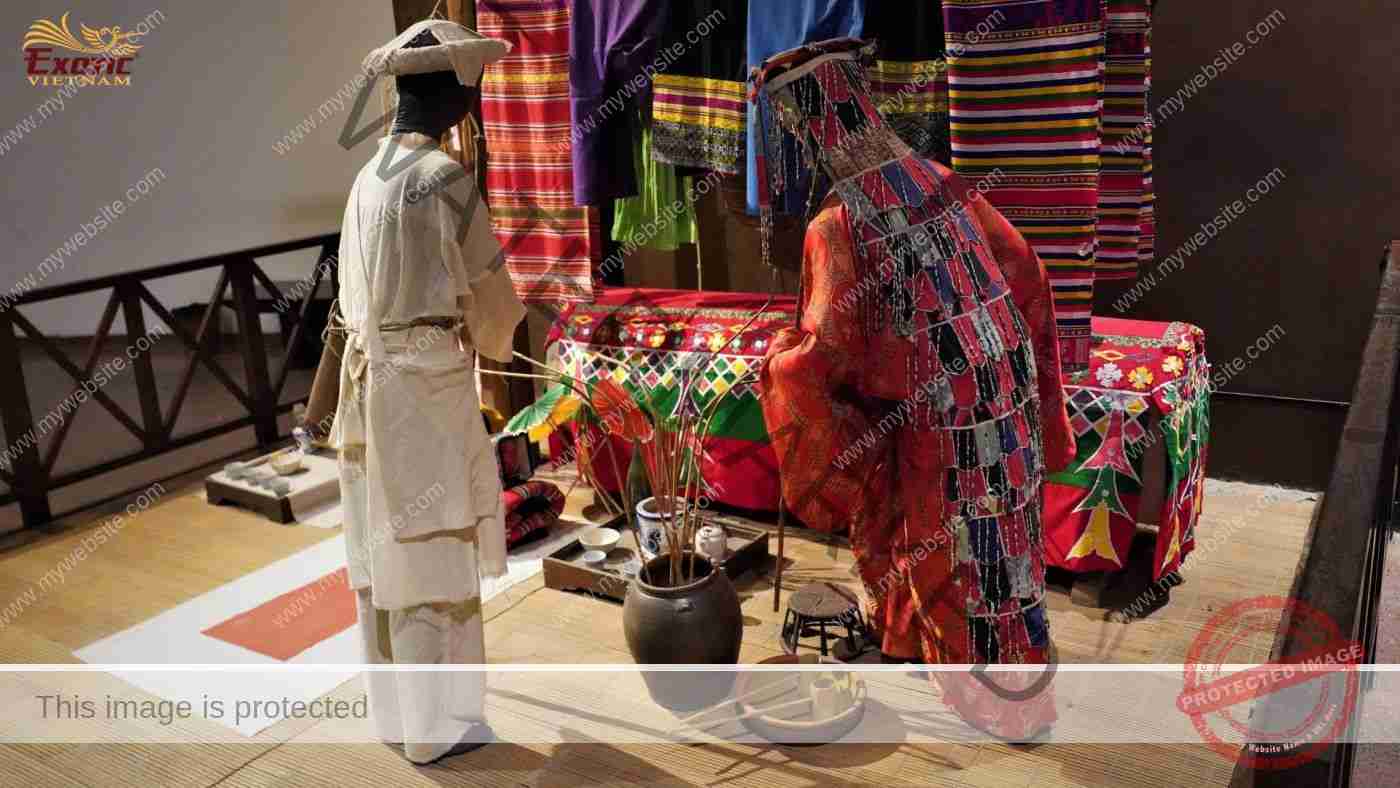
Ethnology Museum
Open at the end of 1997, the museum has attracted the attention of visitors, ethnographers and researchers from all over the world. With its astounding collection of 1,000 objects, 15,000 photos and hundreds of tapes about the 54 ethnic groups of Viet Nam, it has successfully recreated the daily life together with the religious rituals and the symbolic festivals of each ethnic group. Its indoor exhibition space can be viewed via a virtual tour which includes the Viet, Muong, Tho, Chut, Tay, Thai, Ka Dai, H’Mong-Dao, Tang, San Dui, Ngai, Mon-Khmer, Nam-Dao, Cham, Hoa and Khmer ethnic groups. There are priceless antiques on display alongside everyday objects such as pipes, baskets and knives. The outdoor display area exhibits a variety of Vietnamese homes as full-scale replicas, with great attention paid to the varying architectural styles set within the authentic and tranquil gardens. In addition, there are also leisure pursuits on display including traditional water puppet theatre and calligraphy.
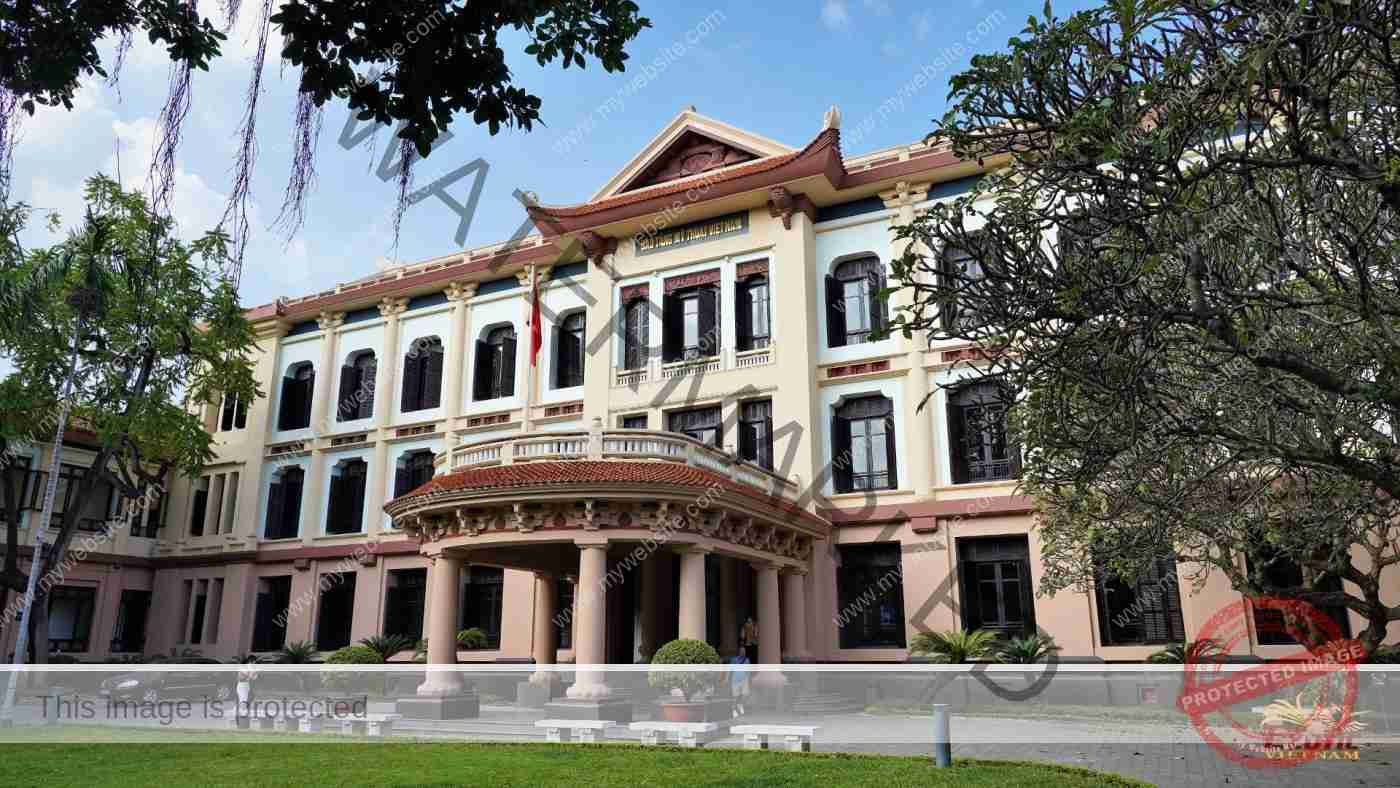
Fine Arts Museum
First built in 1937 as a Catholic college for young girls in the time of French Indochina. This building superbly mixes Eastern and French architectural styles. In 1966, it officially became Viet Nam Fine Arts Museum where stores many of Vietnamese artistic essences. The museum is divided into 5 different sections: prehistoric art, Vietnamese art from the 11th to the 19th century, Vietnamese art in the 20th century, popular art collections and Vietnamese ceramic art. With 2,000 exhibitions of specific fine arts collections including ancient stone sculptures, antique pottery, ethnic minority paintings, lacquerware, etc. the Viet Nam Fine Arts Museum is a lively historical treasure depicting the origins and evolution of Vietnamese fine arts.

History Museum
Built berween 1926 – 1932, once the museum of the Ecole Francaise d’Extreme Orient, the building remains one of Ha Noi’s most stunning architectural showpieces. It preserves an extensive collection of over 200,000 objects of valuable artefacts from Viet Nam’s turbulent past including prehistory, Dong Son culture, etc. to various Vietnamese dynasties as well as the Vietnamese struggles against foreign invaders.
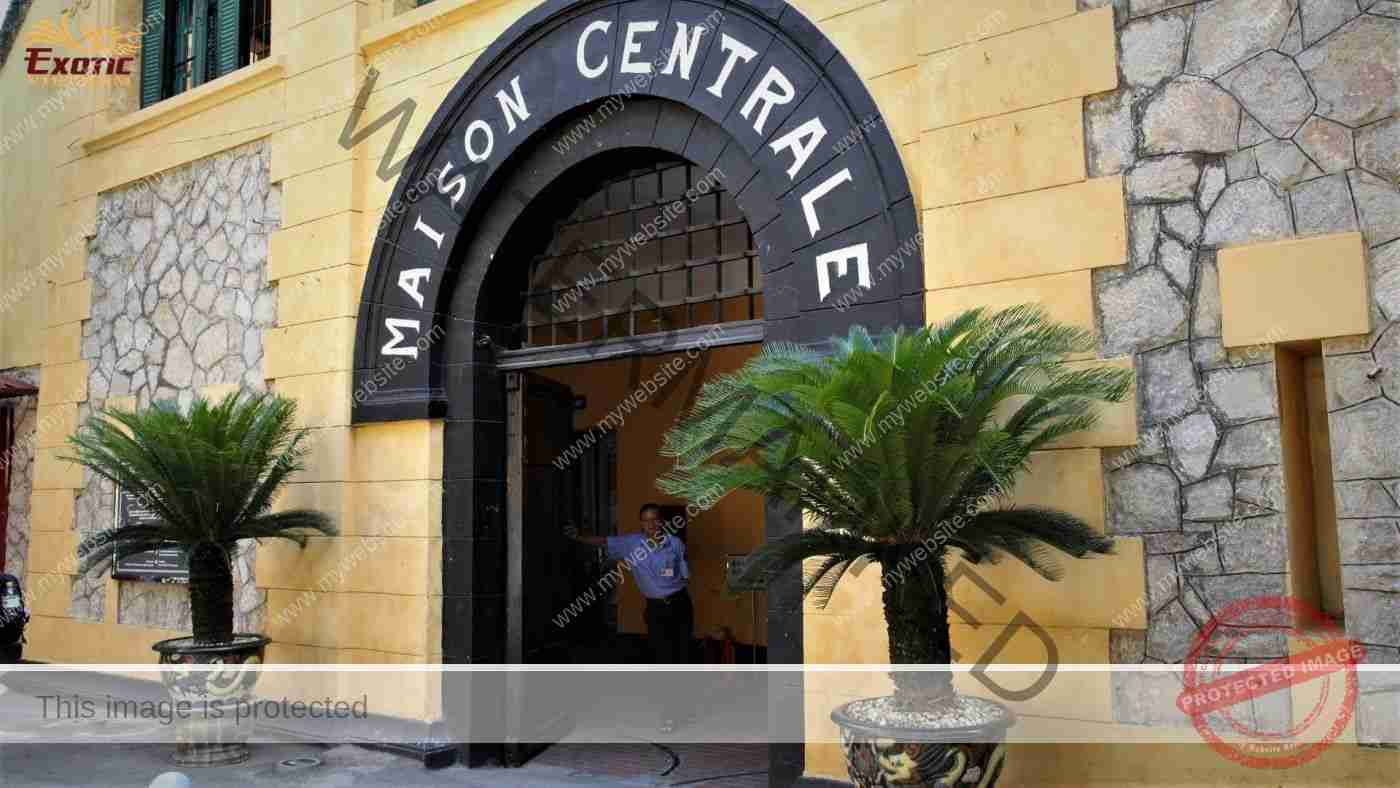
Hoa Lo Prison Museum
The remains of this penitentiary, ironically dubbed the “Ha Noi Hilton” by US soldiers who were held captive here during the Viet Nam War, chronicles the experiences of prisoners of war in Viet Nam, from Vietnamese revolutionary martyrs who suffered at the hands of French colonialists to American POWs. Displays include a French guillotine, chilly cells with rusted iron stocks and the flight suit and parachute of John McCain, war vet and later US Senator and Republican presidential nominee. Night tour to visit Hoa Lo has also been introduced for visitor.
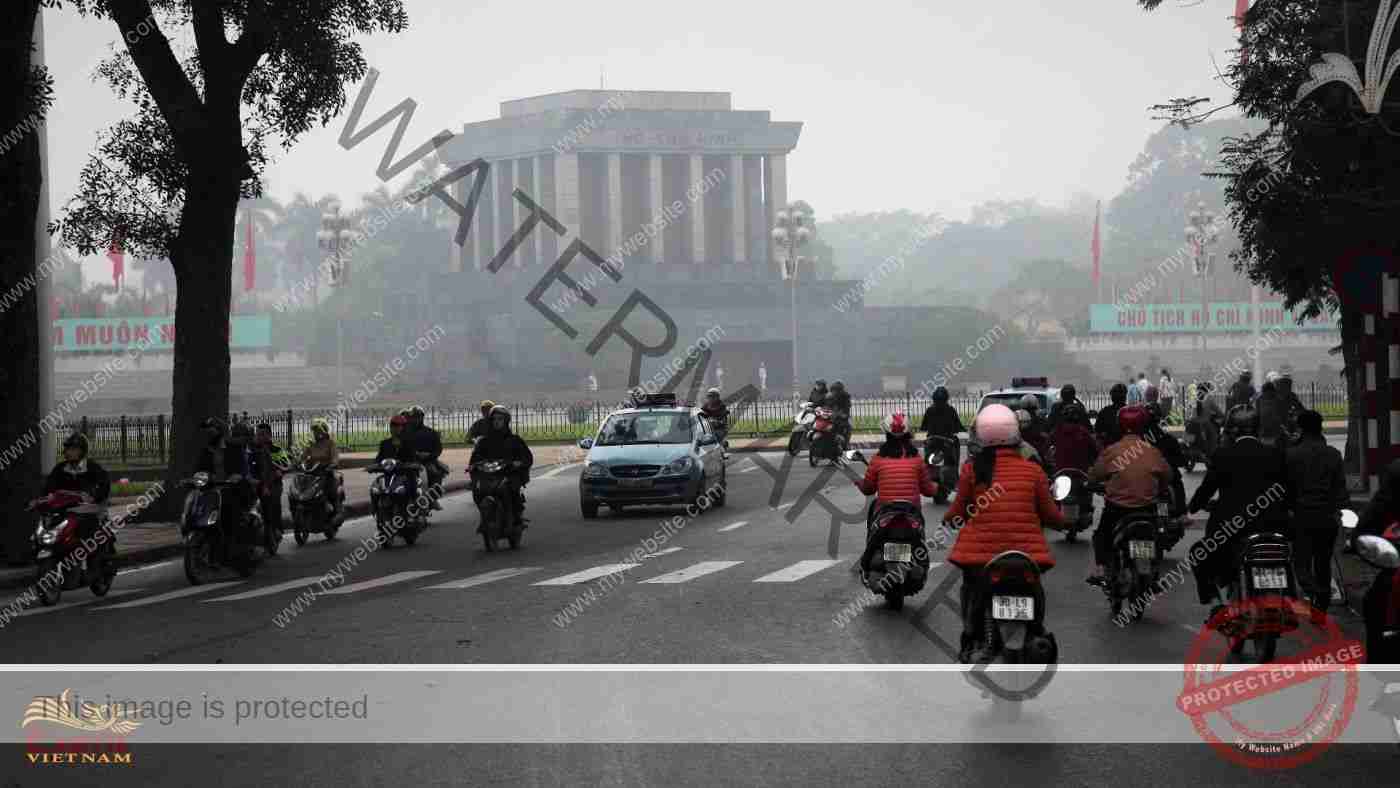
President Ho Chi Minh’s Mausoleum
President Ho Chi Minh’s Mausoleum, the final resting place of President Ho Chi Minh, was constructed between 1973 and 1975 of native materials gathered from all over Viet Nam. It now becomes a site of pilgrimage for Vietnamese as well as for foreign visitors. Just some steps from the mausoleum, visitors can visit One-Pillar pagoda resembling a lotus blossom and also the Ho Chi Minh Museum depicting a view of President Ho’s life.
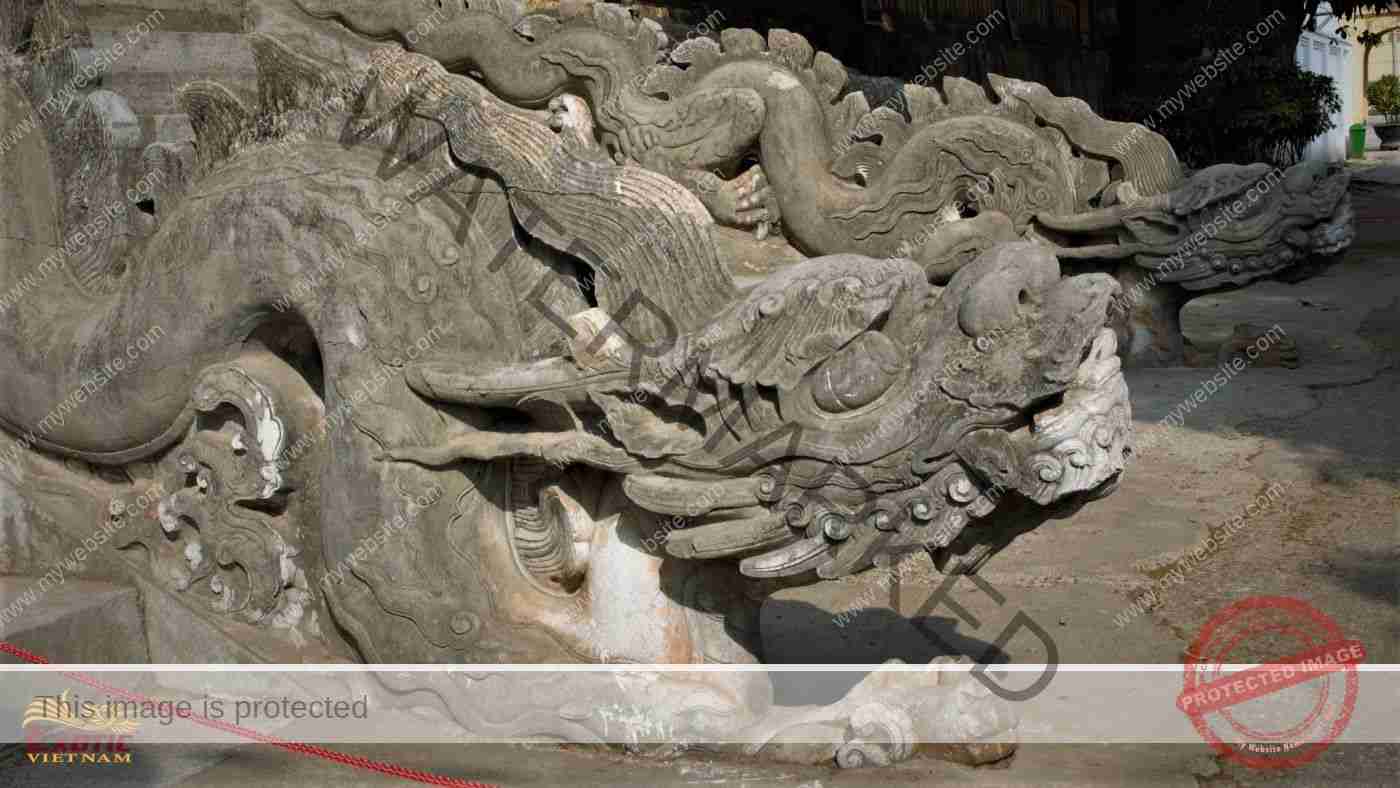
The Thang Long Imperial Citadel
As the imperial city of Viet Nam under the Dynasties of Ly (1009-1225), Tran (1225-1400), Le So (1428-1527) and Mac (1527-1592), the central sector of the Imperial Citadel of Thang Long is home to priceless cultural-historical relics of Thang Long Imperial Citadel. Recognized as a World Cultural Heritage by UNESCO in 2010, the site contains a lot of invaluable cultural and archaeological artifacts of ancient citadel. These artifacts reflect lively the styles of architecture, sculpture and also culture of each dynasty. There are also top secret command bunkers in the Viet Nam War including military maps and 1960s communication devices that were used by the legendary general Vo Nguyen Giap. Night tour features the fabulous leds and performances that is well worth to visit the museum in the evening.

Lake West & Tran Quoc Pagoda
Lake West, the largest lake in Ha Noi, and Lake Truc Bach are an attractive part of the city. The two lakes are separated by Thanh Nien St. with rows of willow trees offering a picturesque site in the heart of the country. In the past, West Lake was once a resort for mandarins and kings. Now it is a very popular recreational place for Ha Noians to enjoy fresh air, peaceful atsmosphere and typical dishes. We wouldn’t forget to mention Tran Quoc Pagoda right on the shore of Lake West which is one of the oldest pagodas in Viet Nam.

Lake Hoan Kiem & Ngoc Son Temple
This 1,500-year-old pagoda is the harmony between Vietnamese Buddhist architecture and the surrounding West Lake landscape. Visiting Tran Quoc Pagoda, visitors are impressed with many tower-shaped ancient tombs built in the 18th century.

Old Quarters
Ha Noi’s Old Quarters of over a-thousand-year history, or 36 streets with each taking a different name after its product, remain one of Viet Nam’s most lively and unusual places, where visitors can buy anything from precious stones to silk kimonos. Some of the specialized streets here include Hang Bac with a trip of snazzy jewellery shops or Hang Ngang with a row of clothing shops and tailors’. Moreover, a stroll through this historic Old Quarter with a stop at Dong Xuan Market is highly recommended for visitors can get a good dose of Vietnamese culture and some insight into the country’s long history. Cyclos or trams are ideal means for visiting the old town.
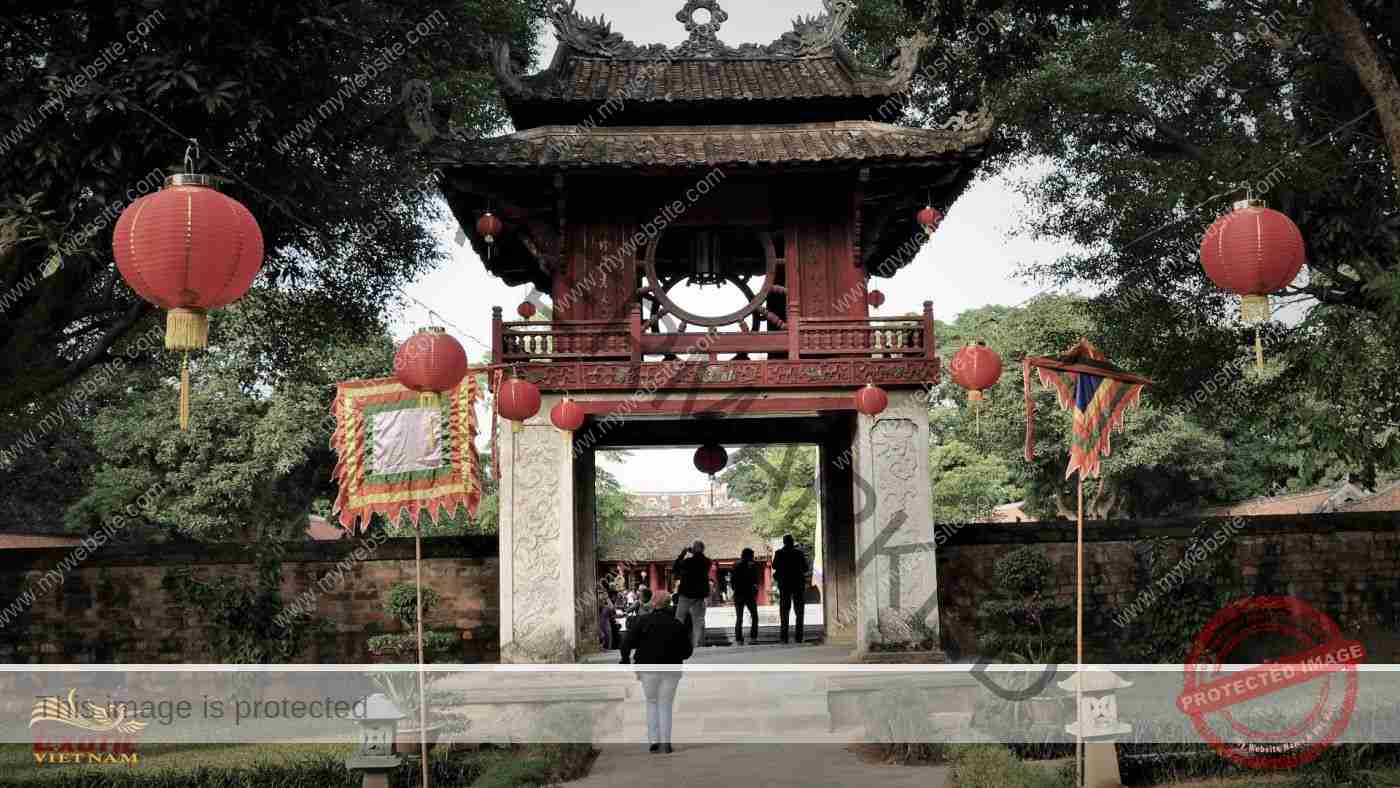
Temple of Literature
The Temple of Literature (Van Mieu) is a pleasant retreat from the streets of Ha Noi. Founded in 1070 for the worship of sages of Confucianism, it constitutes a rare example of well-preserved traditional Vietnamese architecture and is well worth a visit. Viet Nam’s first university was established here in 1076 to educate the sons of mandarins. In 1482, King Le Thanh Tong ordered the erection of stelae with inscriptions of the names, places of birth and achievemnets of the graduates who had taken examinations since 1442. The stelae are erected on the tortoise shells which surely give visitors many impressions. Presently, 82 stelae stand at the Temple of Literature. Visiting the Temple of Literature visitors can discover historic buildings from the Ly and Tran Dynasties in a revered place that has seen thousands of doctors’ graduate in what has now become a memorial to education and literature.
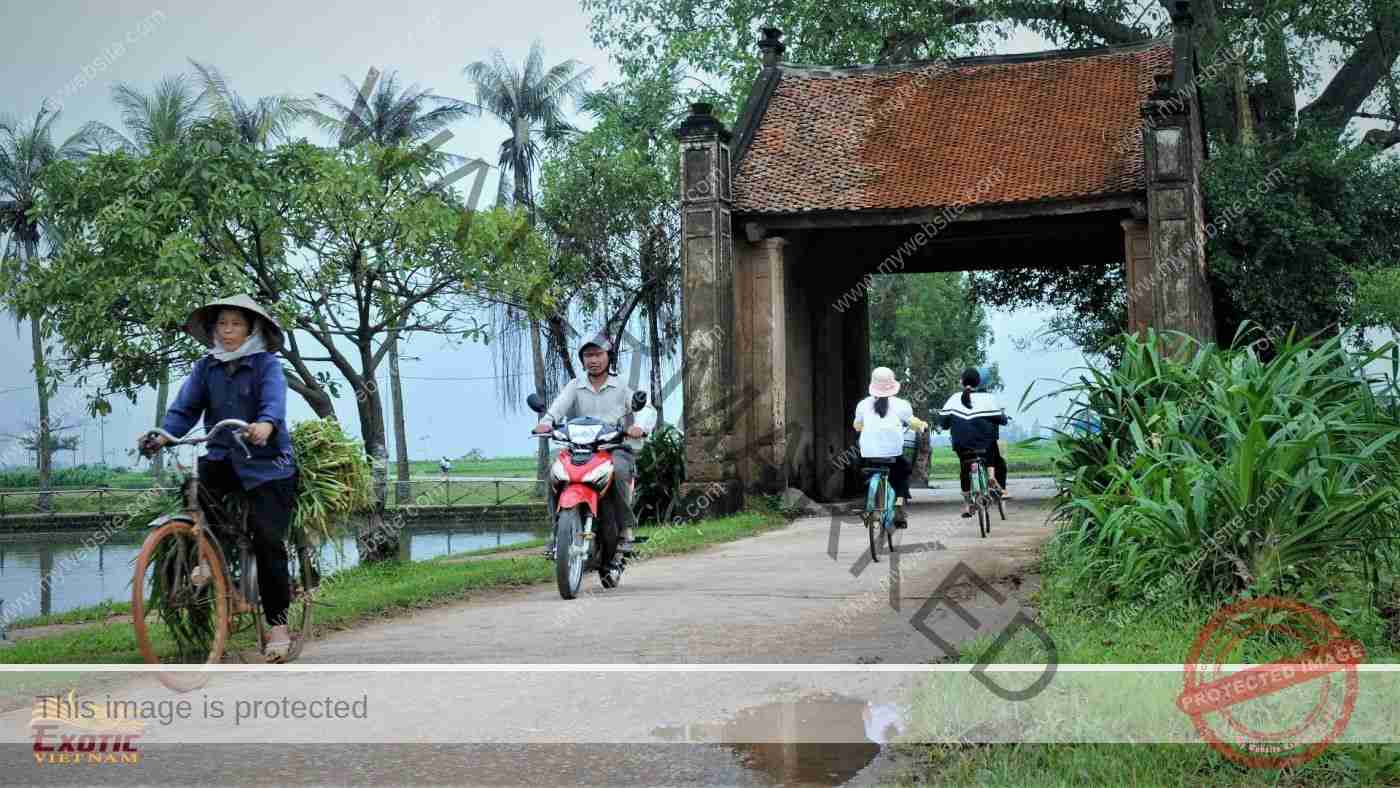
Duong Lam Ancient Village
About 48km from Ha Noi, the village boasts of several unique features: a 700-year-old communal house that is surprisingly intact, most of the village built of laterite – an ancient building material, and being the homeland of two famous kings, Phung Hung (767 – 791 AD) and Ngo Quyen (939 – 944 AD). The village is considered as a symbol of Vietnamese country village with ancient temples, zigzagging country lanes, old wells as well as the agricultural life where the people spend almost time on paddy fields and still wear leaves to keep off the rain. For a half-day trip from Ha Noi, visitors can combine a visit to the village with Tay Phuong Pagoda. Mong Phu was being preserved by Japanese experts and will apply to UNESCO to be designated as a world heritage site.
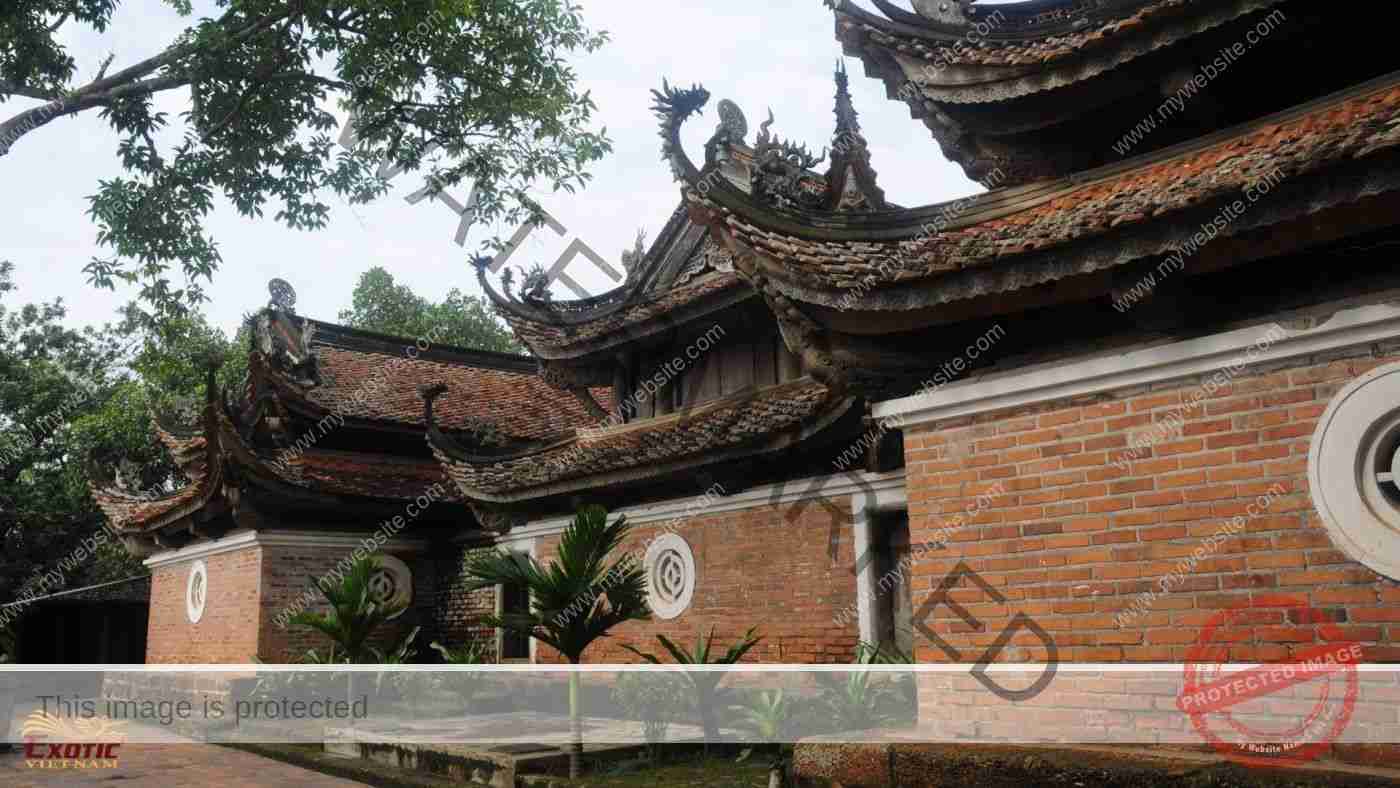
Tay Phuong Pagoda
The pagoda was built in the 3rd century and was undergone several restorations. In 1794 under the Tay Son regime, it was completely renewed, hence its present design. It comprises three successive constructions: the Hall of Prostration, the Main Shrine, and the Sanctuary, all with doubletiered roofs. It seems that this architectural arrangement is inspired by Buddhist and Confucianist thought: the three constructions symbolize the three forces governing the world. All the wooden parts of the pagoda are beautifully sculpted following farniliar folk motifs: mulberry leat Ficus leat lotus flower, chrysanthe mum; dragon, phoenix, etc. But the Tay Phuong pagoda is mostly famous for the statues it contains, magnificent wooden sculptures representing Buddhas as well as Vajrapanis (Kim Cuong) and Arhats (La Han) who are middle-ranking Buddhist deities. One in particular portrays Sakyamuni in meditation at the foot of Tuyet Son (Snow Mountain). He was then leading a life of extremely severe ascetism, and his emaciated body, as represented by the statue, shows good knowledge by the artist of human anatomy.

Van Phuc silk village
Just 14km from Ha Noi, Van Phuc is a very famous silk weaving village in Ha Dong. Silk from this area is often called “Ha Dong silk” which has a long history 2,000 years ago and was yearly required to supply to mandarins and kings as “respectfully offer” during the feudal time. Nowadays, almost villagers still produce silk, but roaring generators and clanking mechanized looms have replaced the slow creak of handlooms. Coming to the village, visitors will see the process of the silk weaving from feeding silkworms, getting the silkworm cocoons, unraveling silkworm cocoons, making silk threads and weaving. To buy a souvenir made of real worm silk is a “must-see” for everyone coming to Van Phuc because of her high quality of cloths and garments and warm hospitality of villagers.
